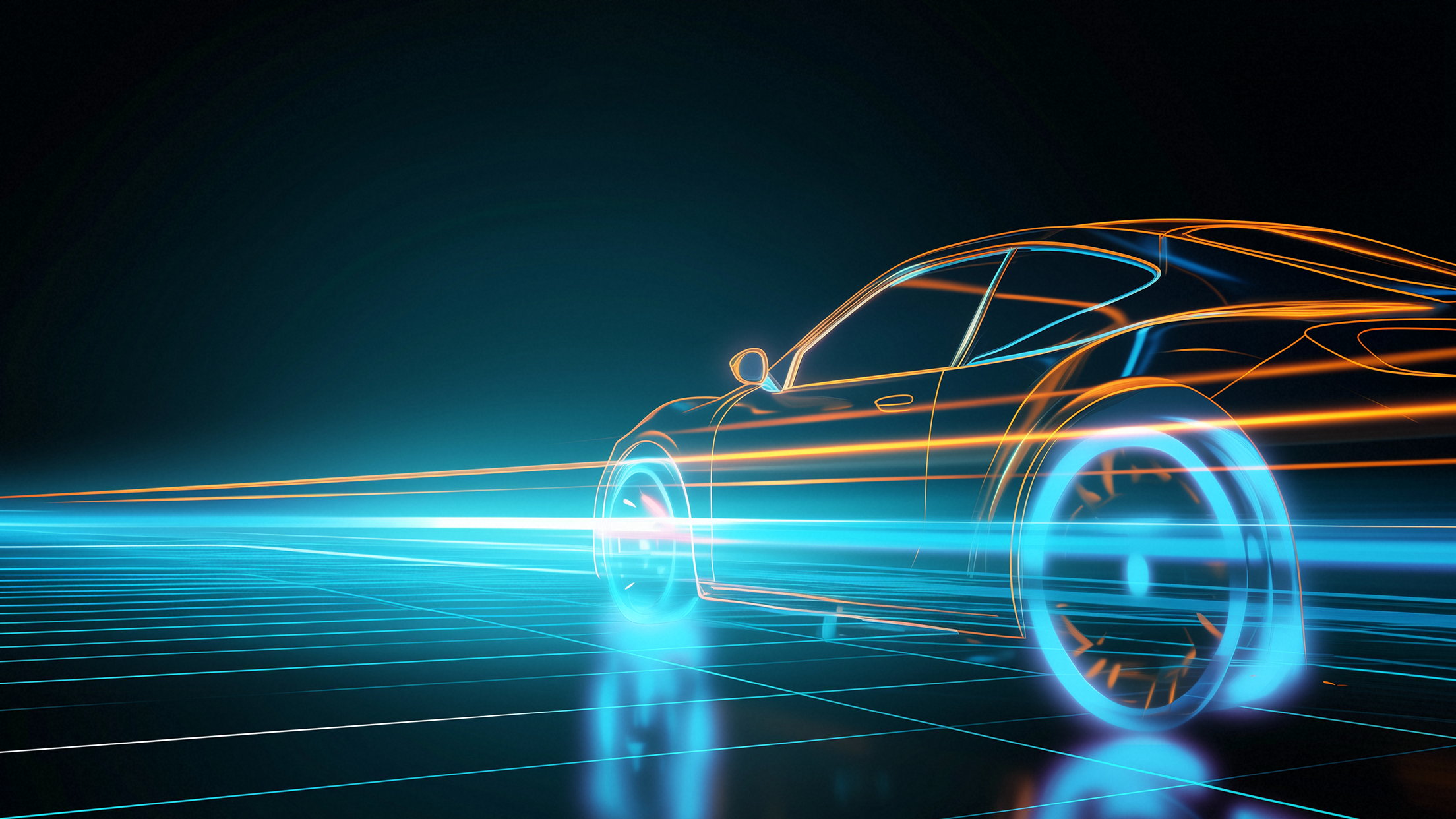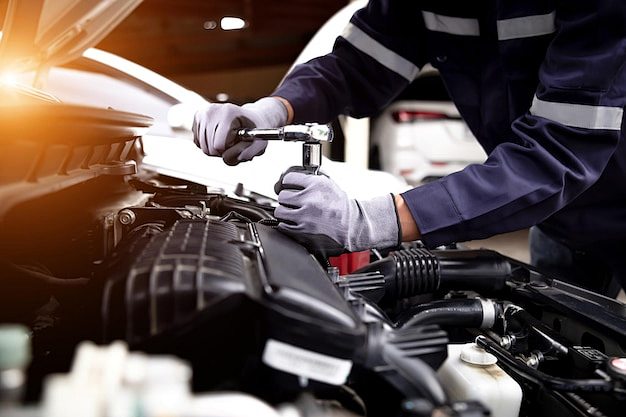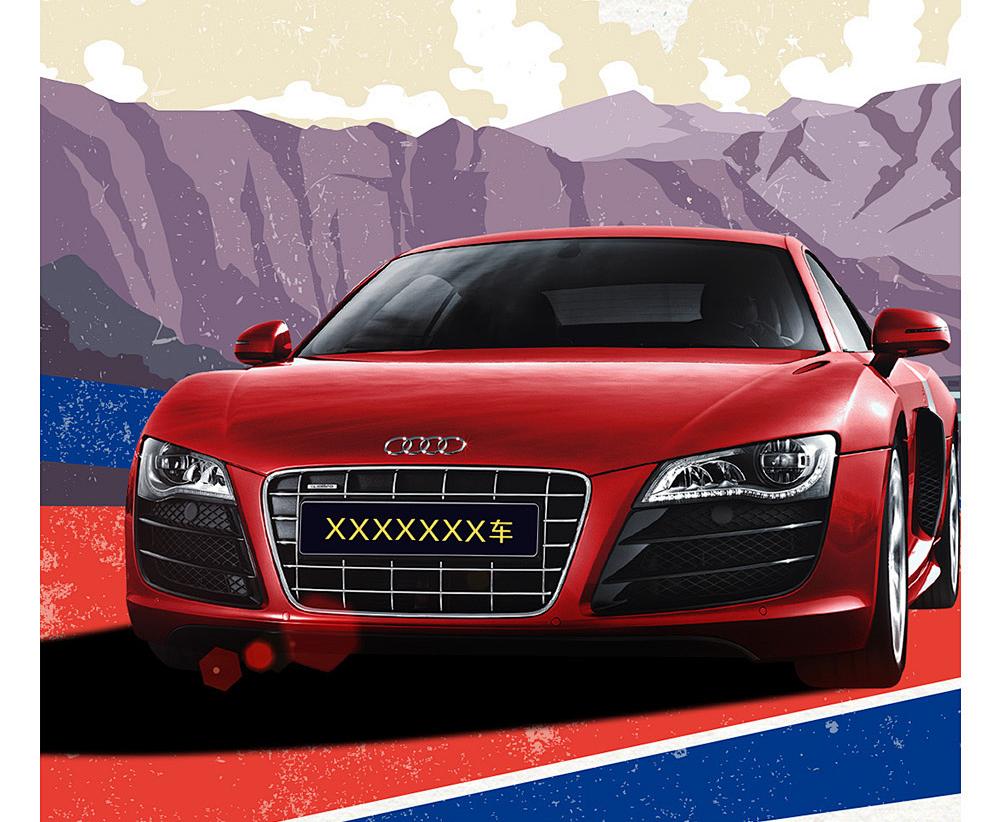1. Dynamic Driving Issue Detection
1.1 Locating Strange Noises (Test at Different Speed Ranges)
| Noise Type | Possible Fault Point | Verification Method | Repair Cost Reference |
|---|---|---|---|
| Low-speed "creaking" | Worn suspension bushings | Listen carefully with windows closed over speed bumps | ¥500-800 per side |
| Medium-speed "humming" | Worn wheel bearings | Check if noise persists while coasting in neutral | ¥300-600 per bearing |
| Turning "clicking" | Damaged outer CV joint | Perform full-lock turns at low speed | ¥1500-3000 for axle assembly |
| Brake squealing | Worn brake pad indicator | Check for noise during light braking | ¥400-800 for new pads |
Pro Tips:
Use a smartphone to record noises (for later comparison).
Differentiate between plastic rattles (minor) and metal noises (serious).
1.2 Transmission Jerking Test (Key Models)
| Transmission Type | Test Method | Normal Behavior | Fault Symptoms |
|---|---|---|---|
| AT Transmission | Hard acceleration (20-80 km/h) | Smooth shifts, no jerking | Delayed shifts (>2 sec) |
| DCT (DSG) | Stop-and-go traffic | Slight 1st-2nd gear shake acceptable | Severe jerking/warning light |
| CVT Transmission | Hill start | No slipping or whining | RPM spikes without acceleration |
Real-World Data:
VW DQ200 Dry DCT: 65% jerk rate after 100,000 km in city driving.
Toyota CVT: Sluggish shifts in cold conditions (normal for first 5 minutes).
1.3 Steering System Check
Test Procedure:
Alignment Test: On a straight road, release the wheel at 60 km/h.
If deviation >1.5m per 100m, wheel alignment needed (¥150-300).
Steering Feel:
Electric power steering: Test mode switching.
Hydraulic steering: Check if full-lock is overly stiff.
Red Flags:
Steering wheel free play >15° (worn rack).
Fails to self-center after turns (possible toe-angle issue).
2. Comprehensive Electronic System Test
2.1 Window/Sunroof System
Checklist:
One-touch up/down function (some cars only on driver’s side).
Sunroof smoothness (lubricate tracks if sticky).
Anti-pinch test (use a water bottle).
Common Issues:
VW models: Window regulators last ~5 years (¥400-600 per door).
Panoramic sunroofs: Clogged drains cause leaks (¥200 to unclog).
2.2 Infotainment & Instrument Cluster
Must-Check Functions:
| Function | Normal Standard | Repair Cost |
|---|---|---|
| Touchscreen | Smooth scrolling | ¥3000-8000 (full unit) |
| Rearview Camera | Activates within 2 sec in Reverse | ¥500-1500 (camera) |
| AC Controls | Accurate airflow/temp response | ¥1500-3000 (module) |
| Warning Lights | All off after startup | ¥500-1200 (O2 sensor) |
Hidden Issues:
CarPlay stability (older models may need an adapter).
Voice command accuracy (test basic commands like "open sunroof").
2.3 Lighting & Driver Assistance
Night Drive Checks:
Auto headlight sensitivity (response time entering tunnels).
Adaptive high-beam detection (luxury models).
Blind-spot monitoring alerts (mirror icon sync).
Cost Traps:
Matrix headlight repair: ¥10,000+ per unit.
ACC radar calibration: ¥2000+.
3. Special Scenario Simulations
3.1 Loaded Power Test
Hill climb: Test with AC on + 4 passengers (watch for power loss).
Recommended model: Highlander 2.0T (0-60 km/h ~9 sec when loaded).
3.2 Emergency Braking
Dry road, 60 km/h hard stop:
No pulling (ABS working).
Stopping distance ≤20m (new tires).
3.3 Water Wading (SUVs)
Check air intake height (e.g., CR-V: 650mm; Tiguan L: 500mm).
Post-drive inspection for water in transmission vent (milky oil = leak).
4. Test Drive Pitfalls to Avoid
4.1 Dealer Tricks
"Low fuel" – masks engine load issues.
"Fixed route only" – avoids highway testing.
"Blames electronics on weak battery" – verify with jump-start.
4.2 Essential Tools
OBD scanner (check hidden codes).
Paint meter (confirm no hidden repairs).
Flashlight (inspect for leaks).
4.3 Document Checks
Verify active insurance before driving.
Review test drive waiver clauses.
5. Model-Specific Strategies
| Vehicle Type | Focus Areas | Benchmark |
|---|---|---|
| Performance Car | Downshift response | <1 sec delay in S-mode |
| MPV | Sliding door smoothness | No noise during operation |
| EV | Regen braking adjustment | Strongest mode not abrupt |
| Off-Roader | Transfer case engagement | 4L mode activates instantly |
Final Advice:
Bring this checklist and test:
Cold starts (turbo lag in turbo models).
Engine sound with AC off (no metallic knocking).
Ground for new leaks post-drive.
Remember: A thorough test drive should include city traffic, highway cruising, and underground parking ramps to reveal the car’s true condition!



.webp)


